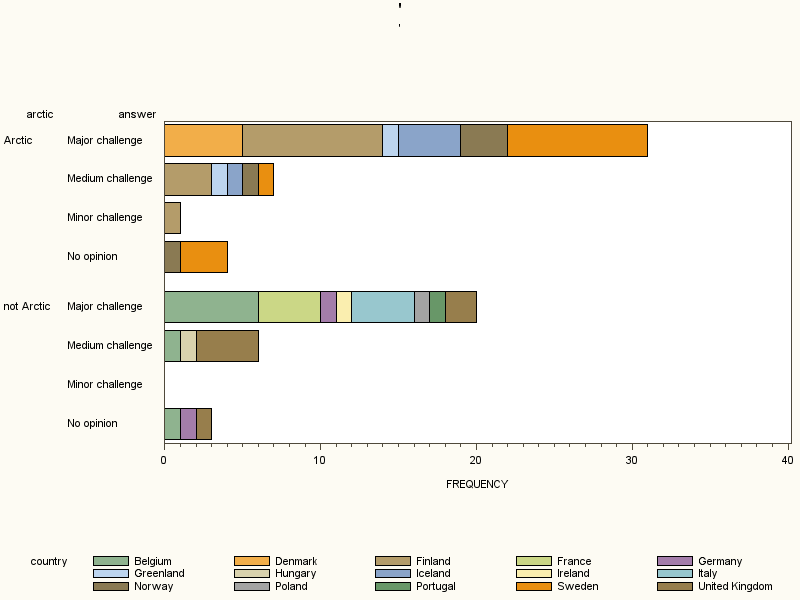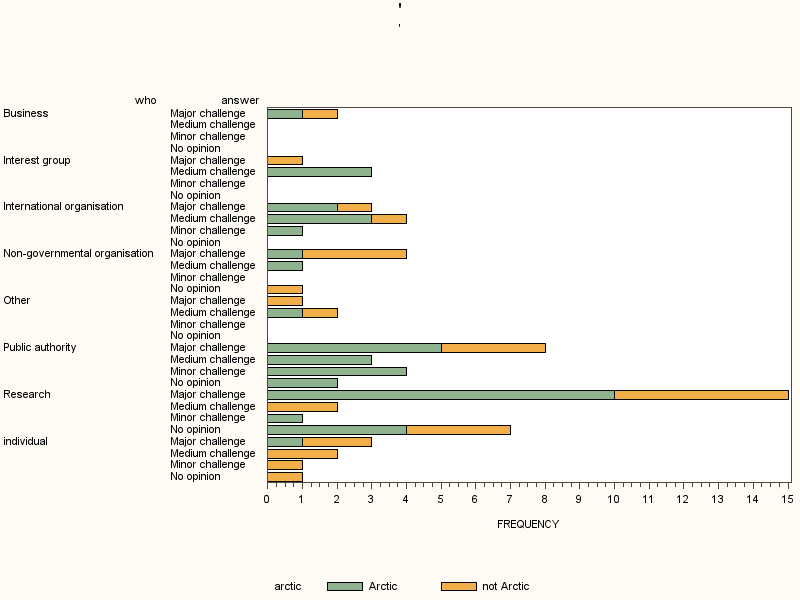Transparency International News feature Monitoring climate money topdown meets bottomup
Post on: 16 Март, 2015 No Comment

Posted 5 October 2012
The coming months will be critical for setting the anti-corruption agenda for climate investment. By the end of 2012, developed countries have to deliver on outstanding fast-track climate finance commitments, meaning that billions of US dollars could exit developed country bank accounts, bound for climate projects in developing countries.
What is climate finance?
Climate finance was born of the polluter pays principle the idea that industrialised countries have contributed the most to global warming and should therefore compensate developing nations for the costs they face as a result of climate change. In 2009, leaders of developed countries pledged US$30 billion in fast-start finance to help developing countries build resilience to the effects of climate change and cut back on their own carbon emissions. That funding, it is hoped, will be scaled up to US$100 billion per year by 2020.
Effectively guarding that money against waste and abuse will require a rethink of the status quo. Amid a global matrix of funds, governments, companies and NGOs, it is often unclear where climate finance is coming from, whos managing it, how its spent and who decides what projects get support. When large amounts of money enter situations of complexity, opacity and urgency, the risk of corruption is high.
At Transparency International we are addressing these risks in nine countries by trying to gain clarity over where climate money is being spent and who is accountable for it. This work complements that of our partners at the Overseas Development Institute and the Heinrich Bll Foundation. who are tracking climate finance at the international level.
Increasing the visibility of donor spending
Smita Nakhooda and Alice Caravani from the Overseas Development Institute comment on the platform that they have helped develop to track climate finance upstream, starting with the donors.
Climate Funds Update is a joint project by the Overseas Development Institute and the Heinrich Bll Foundation North America, aimed at monitoring which countries and institutions are providing climate finance. The website presents information that helps the international community understand emerging trends in how and where climate finance is spent, and to enable civil society to hold governments and fund managers accountable for its use. Climate Funds Update tracks 23 dedicated public climate finance initiatives, including multilateral climate funds, bilateral climate finance initiatives, and national trust funds that developing country governments have established to receive finance.
Since its beginnings in 2009, Climate Funds Update data is now easier to download and interrogate. Through map-based visualisation tools users can see where funds are sourced and spent. Users can also compare the volume of finance that countries receive with their income levels, or see what kinds of financial instruments (such as grants or loans) are offered by different funds.
Improving the quality of data
Verification of the data is voluntary for fund administrators, but most appreciate its value in increasing accountability and deepening public understanding and awareness. Climate Funds Update now updates its data every two months and specifies when it was last confirmed, highlighting those funds which have not been responsive to requests for new information. Over time, the number of funds that respond to requests, and the amount of information publicly available, has increased .
Distinguishing the status of finance delivery is crucial for transparency as it provides information on whether pledges are being met, and whether finance is reaching recipients. Climate Funds Update adopts a common framework for reporting the status of finance from different funds. It distinguishes between what countries pledge and what they actually deposit to these funds. It also distinguishes between the approval of a project and actual disbursement of finance to allow its execution and realisation. There can often be long lags between the two stages.
The sites administrators recognise, however, that monitoring stops at the point of reported disbursement in-country, and that information on disbursement is incomplete. There is a real need to understand how finance is used in-country, and to ensure accountability to citizens within recipient countries for its effective use. For that reason the Overseas Development Institute sees strong synergies with Transparency International chapters efforts like those of our Peruvian chapter described below to monitor climate finance within their countries.

Problems faced in Peru
Samuel Rotta Castilla and Magaly Avila from Transparency Internationals Peruvian chapter Protica discuss the problems they are facing monitoring climate finance in-country.
One of the things that has most struck us since we began tracking climate finance in Peru a country whose huge biodiversity is at grave threat because of climate change is the fact that no single high ranking public official in the sector has dared attach a number to the amount of climate money that is being spent in the country.
What are climate funds?
On its way from donor to recipient countries, climate finance can take one of a number of journeys. The bulk of it is channelled through multilateral financial institutions development banks and UN agencies or bilateral ones like Germanys International Climate Initiative or Australias International Forest Carbon Initiative. Donor governments can also deposit climate money into dedicated international and national climate funds. There are a whole host of these, including the Climate Investment Funds. the Adaptation Fund. Brazils Amazon Fund and the Bangladesh Climate Change Resilience Fund. Alternatively international climate finance can pass directly from government to government, via market mechanisms such as the Clean Development Mechanism or carbon trading.
Why? Our research suggests that this is largely due to a lack of order in the management of information on climate projects. There are many institutions operating in the field of climate change but there are very few, if any, specialised public officials charged with collecting, systematising and keeping up-to-date information for accountability purposes, both internally and to the public. There are also a diverse number of funding systems involved, with money coming from credit operations, donations and the public treasury among others all of which are managed under very different accountability schemes. Information on funds and projects therefore exists, but it is very difficult to locate and monitor.
In the mid-term, a feasible solution to this would be the creation of a public platform with clear, comparable and comprehensive technical and financial information on all climate projects. This should bring together and standardise information from sub-national governments, private companies and NGOs that are involved in projects aimed at tackling climate change in Peru.
In the short-term, communities and civil society organisations whose cities or neighbourhoods are home to projects of this kind should be able to play a role in overseeing them. Protica is committed to providing clear information and training to members of the public so that they can understand and use appropriate transparency and anti-corruption tools.














